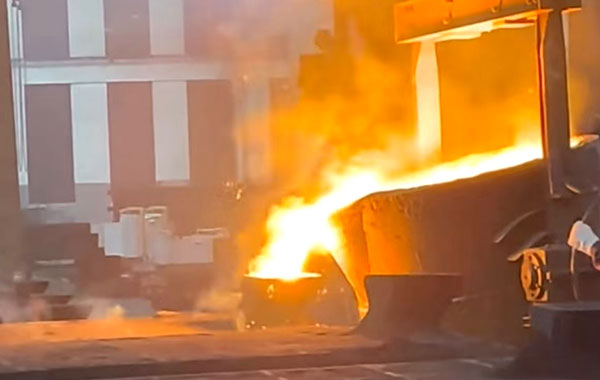Forging and casting are two of the most commonly used metal forming processes, each with distinct principles, performance characteristics, and application areas. Selecting the appropriate method requires careful evaluation based on specific functional and economic requirements.
Forging involves applying pressure to deform metal in its solid state, resulting in a dense, continuous grain structure. This process significantly enhances the material’s strength, toughness, and fatigue resistance, making it ideal for critical components subjected to high loads and impact, such as crankshafts, gears, and connecting rods. Precision die forging further reduces the need for extensive post-processing and improves production efficiency.
Casting, on the other hand, involves melting metal and pouring it into a mold where it solidifies into shape. It is well-suited for components with complex geometries, variable cross-sections, or large overall dimensions—such as pump housings, valve bodies, and engine blocks. Casting offers high design flexibility and relatively low initial costs, making it economical for medium- to low-strength applications and batch production.
The following factors should be given priority consideration when choosing a process:
- Mechanical property requirements: Forging is preferred for parts requiring high strength and impact resistance.
- Structural complexity: Casting is more suitable for components with intricate shapes or internal cavities.
- Cost and production efficiency: Forging involves higher tooling costs but suits high-volume production; casting is more cost-effective for small to medium runs.
- Material characteristics: Certain alloys may be more suitable for one process due to flow or formability limitations.
In summary, forging excels in structural performance, while casting offers advantages in complexity and cost control. Choosing the right process is essential to balancing product performance with manufacturing efficiency.


